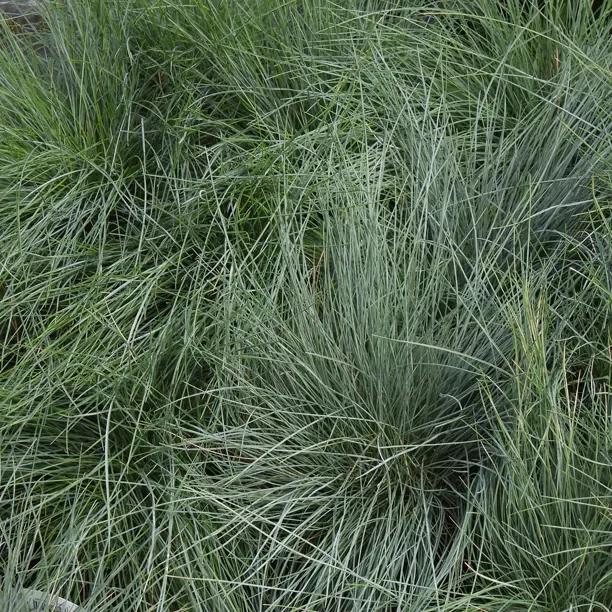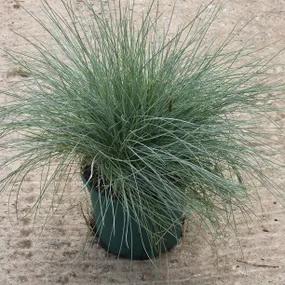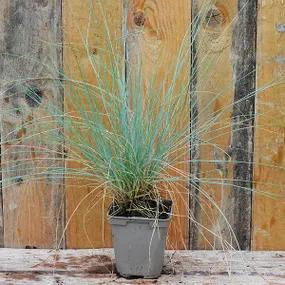Intense Blue Fescue Grass Plants
Honest Delivery PricesFestuca glauca
- Deciduous grass, silvery-grey leaves
- Small and slow growing, ideal for pots.
- Small green then straw-coloured flowers in late spring.
- Great for the front of the border & rockeries
- Grows upright in full sun
- To under 40 x 40cm
Recommended extras
Description
Festuca glauca 'Intense Blue' Fescue Grass - 2-Litre Pot-Grown Plants
Also known as Blue Ice Grass, this decorative and compact variety has a spiky tussock of narrow, glaucous blue foliage. In full sun, the stiff grey-green leaves appear frosted with silver. Ideal for pots and the front of borders, the foliage reaches under 40cm, with (occasional) upright narrow flower stalks reaching slightly above that.
Browse all of our other grasses, or perennial plants.
Features
- Deciduous grass, silvery-grey leaves
- Small and slow growing, ideal for pots.
- Small green then straw-coloured flowers in late spring.
- Great for the front of the border & rockeries
- Colours best in full sun
- To under 40 x 40cm
Growing 'Intense Blue' Fescue
Grasses, especially small ones like this, are tough and with a little help will establish almost anywhere there is some soil, so be brave with them as rockery features. Their favourite soil is fertile and well drained. Full sun and dry conditions bring out the best blue-ish leaf colour; too much moisture will make them greener. Comb out dead foliage with your fingers in spring.
In Your Garden Design
This feisty little chap, with a shock of striking silvery blue foliage, will stand out in a gravel garden, alongside other dry lovers, such as Aubretia, cistus, sedum and alliums. Great for pots too, where it looks like an unruly head of hair.
Did You Know?
Plant Breeder's Rights code is Casblue.
Wild fescue is also called sheep grass - this name is not likely to be from the sheep's side, because a hungry sheep's two favourite grasses are called 'fresh' and 'hay'. However, fescue does put out new growth early, and it tolerates drought well, so in a dry spring it's valuable grazing.




